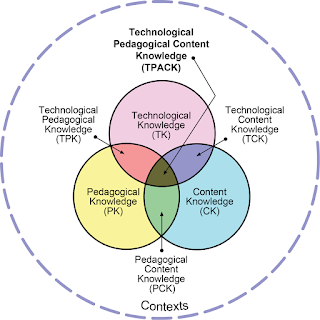The Puppet Master

Puppet Master The narrow, high-walled passage swallowed the sound of my boot scraping a broken cobblestone, the echo sharp in the dry air. Above, a sliver of unforgiving sunlight cut down, carving deep shadows where the damp, mossy scent of the gully was now replaced by the smell of dust and ancient stone. I paused, looking not just at my gloved hand—the leather scuffed from my descent, but at what was attached to it. Thin, nearly invisible lines, like high-tensile wires , stretched from the articulated cuff on my wrist and disappeared into the air above the path. I tracked them with my eyes until they converged on a small, stone figure standing motionless in the centre of the walkway. It was a crude marionette , barely a foot tall, carved from the same pale, cracked stone as the surrounding walls. Dressed in a simple tunic, its blank, oval face held a radiating sense of expectant waiting. Its arms were held out, palms up. I held the strings. Yet, the feeling was not one of cont...

